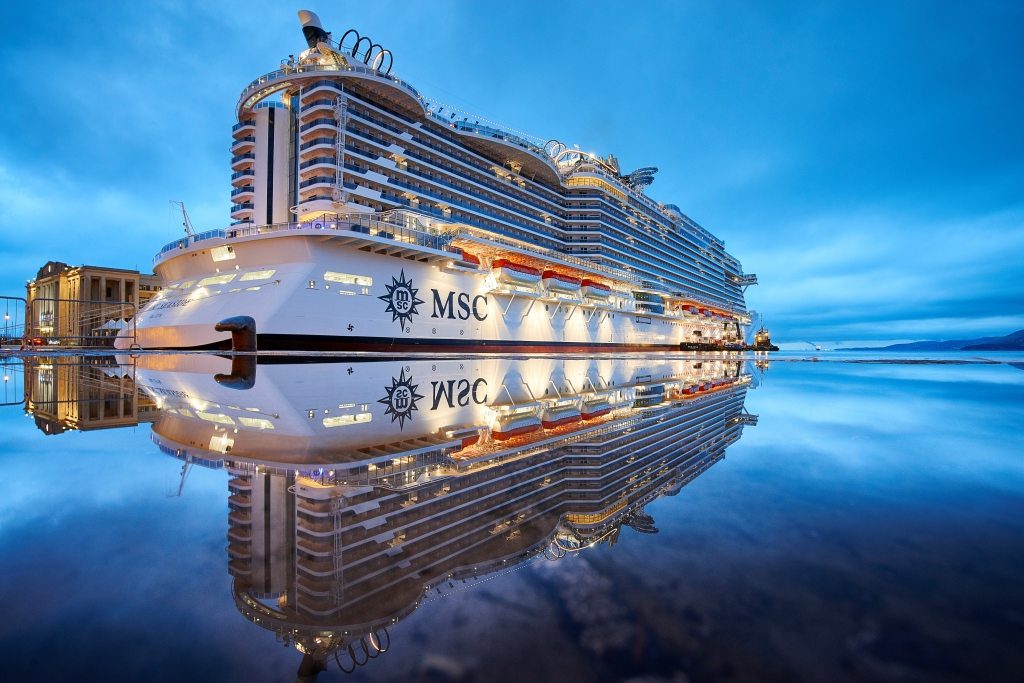MSC Cruises Takes Next Step in Major Global Expansion

Skift Take
As MSC Cruises embarks on a rapid global expansion, it makes sense for the privately owned operator to focus on the popular Caribbean cruise market. The key will be figuring out the best way to make its products stand out in a field crowded with names that are far more familiar to North American consumers.
MSC Cruises welcomed its latest ship Thursday night in Miami with all the pomp reserved for a nearly $750 million addition: Ricky Martin and Andrea Bocelli performed, legendary quarterback Dan Marino said a few words, and Sophia Loren served as godmother.
What was different for the privately owned European cruise line was the geography. MSC Seaside became the first vessel that the fast-growing company launched in the United States. And as the company moves forward with a plan to spend more than $12 billion on 12 new ships by 2026 — including the two delivered this year — it will need to gain a st
